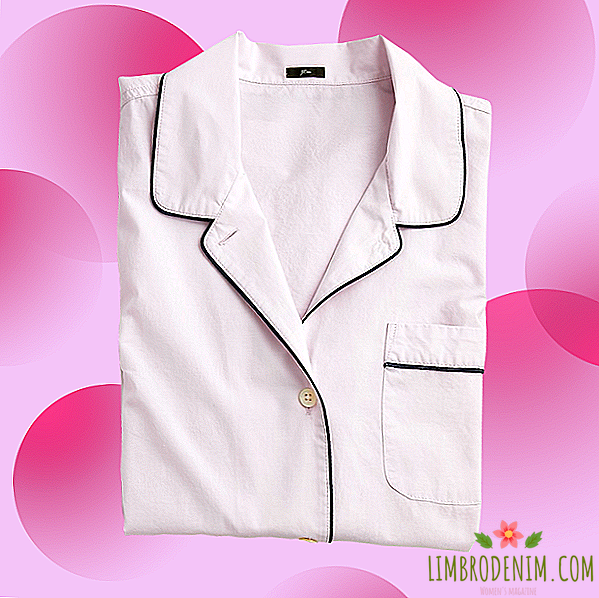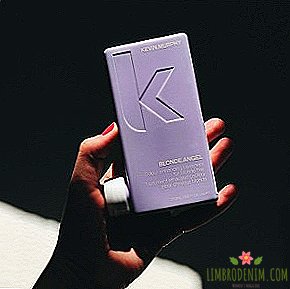Live or artificial: Which tree is more environmentally friendly?

ALEXANDRA SAVINA
Mid-December means only one thing: Ahead of the New Year, and with it the choice of gifts, home decoration and, of course, the Christmas tree. The latter always raises the traditional question: put it live or buy an artificial one? Especially if it is not only (and not so much) money, but also the desire to approach the holiday more consciously and take care of nature. On the one hand, a lively Christmas tree implies that the tree dies for the sake of several days (at least a month) of the holiday. On the other hand, the production of artificial spruce from plastic and metal does not help the ecology too much. We decided to weigh the pros and cons and figure out which option causes less damage to the planet and why.

What is wrong with artificial Christmas trees
It would seem that the choice is obvious: buy a plastic Christmas tree and save a living tree. But the fact that the fir has not died to celebrate does not mean that the artificial tree does not harm nature at all. Artificial Christmas trees can harm nature at different stages - in production, and during transportation, and during disposal.
All of our activities leave a carbon footprint - simply put, this is the amount of CO2-equivalent (other greenhouse gases are converted into carbon dioxide using special formulas), which is due to us in the atmosphere. Most often, an artificial Christmas tree is a construction made of plastic and metal. A significant part of its carbon footprint — about two thirds — is oil, which is used in production. Another quarter of the total footprint is added by emissions from businesses making trees. No less important is transportation. Many spruce trees entering the Russian market are produced in China - this means that they are sent over long distances, and, accordingly, they leave an impressive carbon footprint. In addition, to hand over for processing a complex Christmas-tree design, most likely, will not work. In theory, you can take it apart and pass it separately, but there are no guarantees, and it all depends on the specific materials and whether they are accepted for processing.
It takes several years to grow a tree, and all this time it helps the ecosystem
According to the company Carbon Trust, which helps business owners to make it more environmentally friendly, the carbon footprint of a two-meter-high artificial Christmas tree is about forty kilograms of CO2. In the case of a living tree, which is thrown into a landfill, this figure is much lower - sixteen kilograms of CO2. In order to even the effect of using artificial spruce with the impact of a felled living tree on the environment, it must be used for about ten years (although different studies and experts give different numbers from five to twenty years). Of course, this is not always the case, and a tree can be thrown ahead of time - especially if we are talking about, for example, a bright colored thing that can get bored in a couple of seasons. However, it is also incorrect to compare artificial spruce with one living one: the first one is often bought not just for one season (according to the New York Times, an average of six to ten years), but a new living one is needed annually. So, if you do not strive to reduce the carbon footprint of ordinary live Christmas trees, in a few years of use, plastic may well become a greener option.

Is it greener to cut trees
Live trees purchased before the New Year are not necessarily detrimental to the forest. Of course, on sale you can meet spruce felled by poachers - that is why you should not take them from your hands. But much more often, they ate trees on special plantations, including where trees would still be cut down - say, under power lines. Do not forget that it takes several years to grow a tree, and all this time it helps the ecosystem. Greenpeace notes that the money from the sale of the tree bought at the leshoz is used to restore the forest, which means it will bring more benefits to nature.
To make sure that everything is legal, the ECA movement advises buying trees only in special bazaars where trees come directly from forest areas. Sellers must have documents - and you, in turn, have every right to request them. Even better, if there is an FSC badge on the documents, this means that the trees received a certificate from the Forest Stewardship Council and were grown in accordance with the principles of a responsible approach to forestry.
There is also a way to give the tree for "recycling": in different Russian cities after the holidays, special points are opened, which take coniferous trees
Of course, the issue of the ecology of a living tree is not limited to the ethical nature of the purchase. It is also important to monitor its carbon footprint - for example, if possible, choose a tree grown not far from the place where you live (and, accordingly, plan to put it) so that it does not have to be transported far. In addition, it is very important that you do with the Christmas tree after the end of the holidays. We have already said that the Carbon Trust estimates the carbon footprint of an average two-meter Christmas tree thrown into a landfill at sixteen kilograms of CO.2 - without oxygen, decaying wood begins to produce methane, which, in turn, contributes to the appearance of ozone holes.
The good news is that the carbon footprint of a living spruce can be reduced - for example, if you burn or recycle wood into wood chips and distribute it in a country garden. In this case, according to the Carbon Trust, the carbon footprint drops sharply to 3.5 kilograms of CO.2. There is also a way to give the tree for "recycling": in different Russian cities after the holidays, special points are opened, which take coniferous trees, which allow trees to feed animals and garden soil. About where such actions take place, after December 25th you can find out here. You can also try to organize a similar procedure yourself: agree with the farm, stable, nursery or zoo and centrally export several Christmas trees there. There are other, more eco-friendly options to enjoy a live tree: decorate a Christmas tree in the yard or buy a tree in a pot, and then transplant it to the cottage. In both cases, thinking about what to do with the lost tree is not necessary.
Whatever choice you make, remember that a single tree will drastically change the environmental situation. There are many other non-ecological aspects of the New Year and holidays in general: gift wrapping paper, unnecessary impulsive purchases, discarded products. To think about how our actions affect the environment costs more than once a year: if you use a car a lot or mindlessly take plastic tubes and bags, it is unlikely that an eco-friendly tree will play such a big role.
PHOTO: Flaffy - stock.adobe.com (1, 2, 3)




